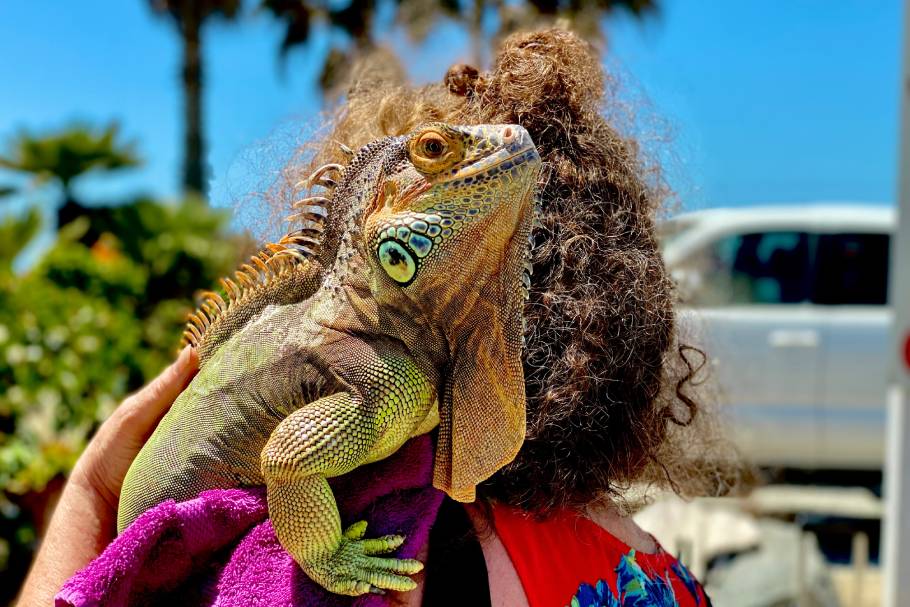

Relocating is always a challenge, but when exotic pets are involved, the stakes are even higher. Animals like reptiles, birds, amphibians, and small mammals require careful planning to ensure their health and safety during a move.
From temperature-sensitive habitats to transportation regulations, here’s how to move with exotic pets the right way.
1. Know the Legal Requirements
Before anything else, check the local and federal laws related to transporting exotic animals. Some species are restricted in certain states or municipalities. You may need special permits or documentation to legally move your pet to a new location.
- Check USDA and Fish & Wildlife regulations
- Verify pet laws in your new state or country
- Contact your vet for advice on paperwork or certifications
2. Visit an Exotic Animal Veterinarian
Schedule a check-up before the move. An experienced exotic vet can:
- Assess your pet’s health for travel
- Recommend stress-reduction techniques
- Provide a health certificate if required for transport
Ask your vet about travel-safe carriers and any medications that may help reduce anxiety during the trip.
3. Prepare the Right Travel Carrier
Your pet’s travel carrier should be safe, secure, and familiar. Features to consider:
- Adequate ventilation and space
- Non-slip flooring and padding
- Secure latches and escape-proof design
- Familiar smells or items from their enclosure
Introduce your pet to the carrier ahead of time so it becomes a safe space.
4. Manage Temperature and Humidity
Many exotic animals are sensitive to temperature changes. Use heat packs, cooling pads, or insulated carriers as needed. Reptiles, amphibians, and tropical birds are particularly vulnerable.
- Keep reptiles within their preferred temperature range
- Avoid exposing animals to direct sunlight or freezing temps
- Use climate-controlled vehicles when possible
5. Minimize Stress During the Move
Moving is stressful for animals. Reduce their anxiety by:
- Limiting noise and vibrations
- Covering the carrier to block overstimulation
- Avoiding excessive handling
- Keeping routines as normal as possible
Drive smoothly and avoid unnecessary stops when transporting your pet.
6. Recreate Their Habitat in the New Home
Set up your pet’s new space before introducing them. Make sure their enclosure is clean, secure, and matches the previous environment as closely as possible. Monitor your pet for signs of stress or illness in the days following the move.


7. Consider Professional Exotic Pet Transport Services
For long-distance or international moves, it’s often safest to hire specialists in exotic animal transport. These services handle everything from climate control to legal paperwork, offering peace of mind and expert care.
Final Thoughts
Moving with exotic pets takes extra effort—but their comfort and safety are worth it. With the right planning and support, you can help your reptile, bird, or other unique companion adjust smoothly to their new home.
Need help coordinating a move with exotic pets? Roadway Moving works with specialized animal transport partners to ensure every member of your family is moved with care. Contact us to learn more.
